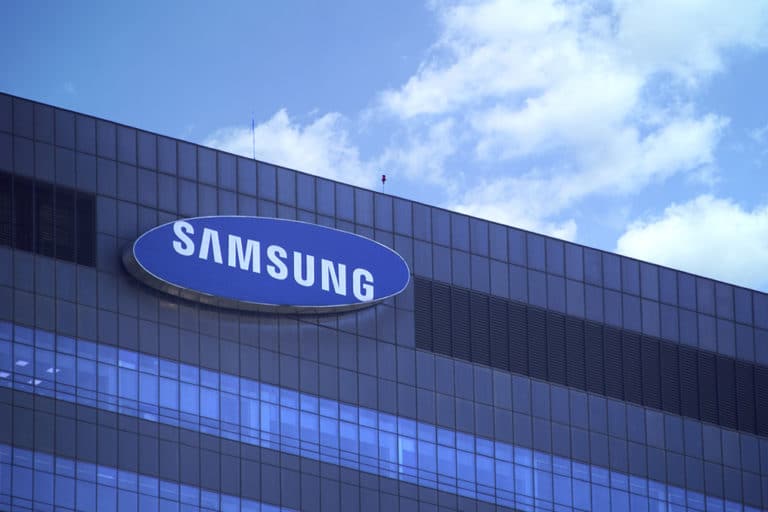Samsung is heading toward the launch of a new generation of V-NAND memory in 2024. The South Korean company’s latest innovation is set to go into mass production early next year.
Samsung itself refers to 3D NAND, as its memory chips use a “dual-layer structure,” as described by President and Head of Memory Business at Samsung Electronics Jung-Bae Lee. AI applications of hyperscalers are gaining traction, he argues. Lee believes there will be a paradigm shift where memory will process data along with the CPU and GPU, leaving Samsung in prime position to benefit.
More and faster
Fundamentally, Samsung still simply hopes to produce memory chips that are as fast and as compact as possible. The density of both DRAM and NAND flash needs to be raised to “extreme levels,” claims the Samsung top executive. As for DRAM chips, Samsung is also leaning heavily on the AI hype to tout them.
It was previously revealed that Samsung was working on a new generation of V-NAND memory with more than 300 layers, which will apparently go beyond SK Hynix’s 321 layers. This means Samsung can put more storage capacity on future NAND flash devices. In addition, the company expects performance improvements to be on the horizon as well.
Positioning
Predictably, Samsung likes to emphasize its importance as a major player around AI developments. Although its own storage technology holds 40 percent of the HBM market, it’s sitting behind its competitor SK Hynix. Likewise, SK Hynix currently supplies chips for Nvidia’s hardware, which produces the GPUs on which the current acceleration of generative AI solutions is taking place. Samsung has been competing for years with parties such as SK Hynix and Micron to make memory chips for Nvidia video cards. It did so including GPUs that Nvidia made for consumers in 2020 and the workstation-focused Quadro in 2018.
Tip: Samsung quarterly profit expected to be 80 percent lower
